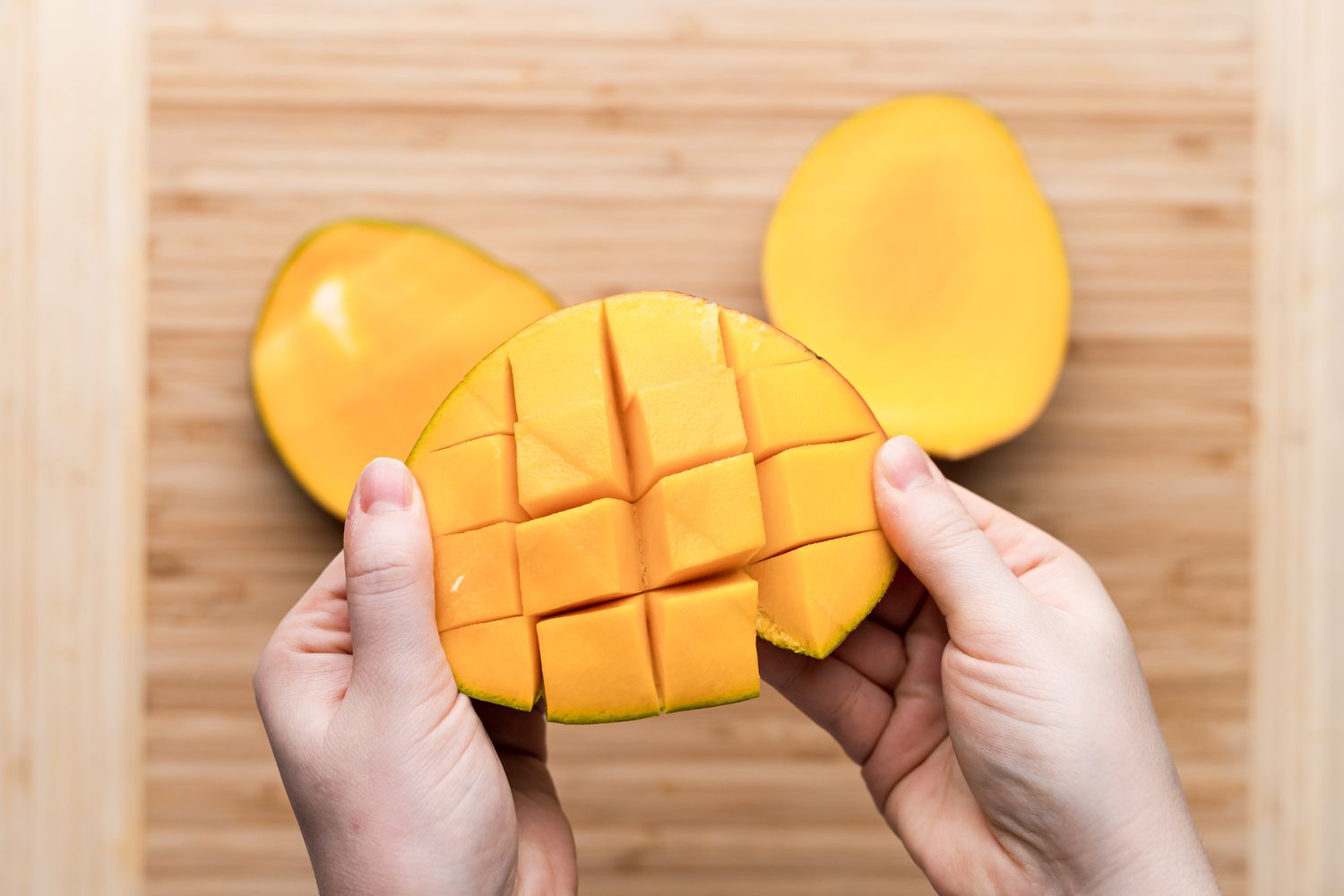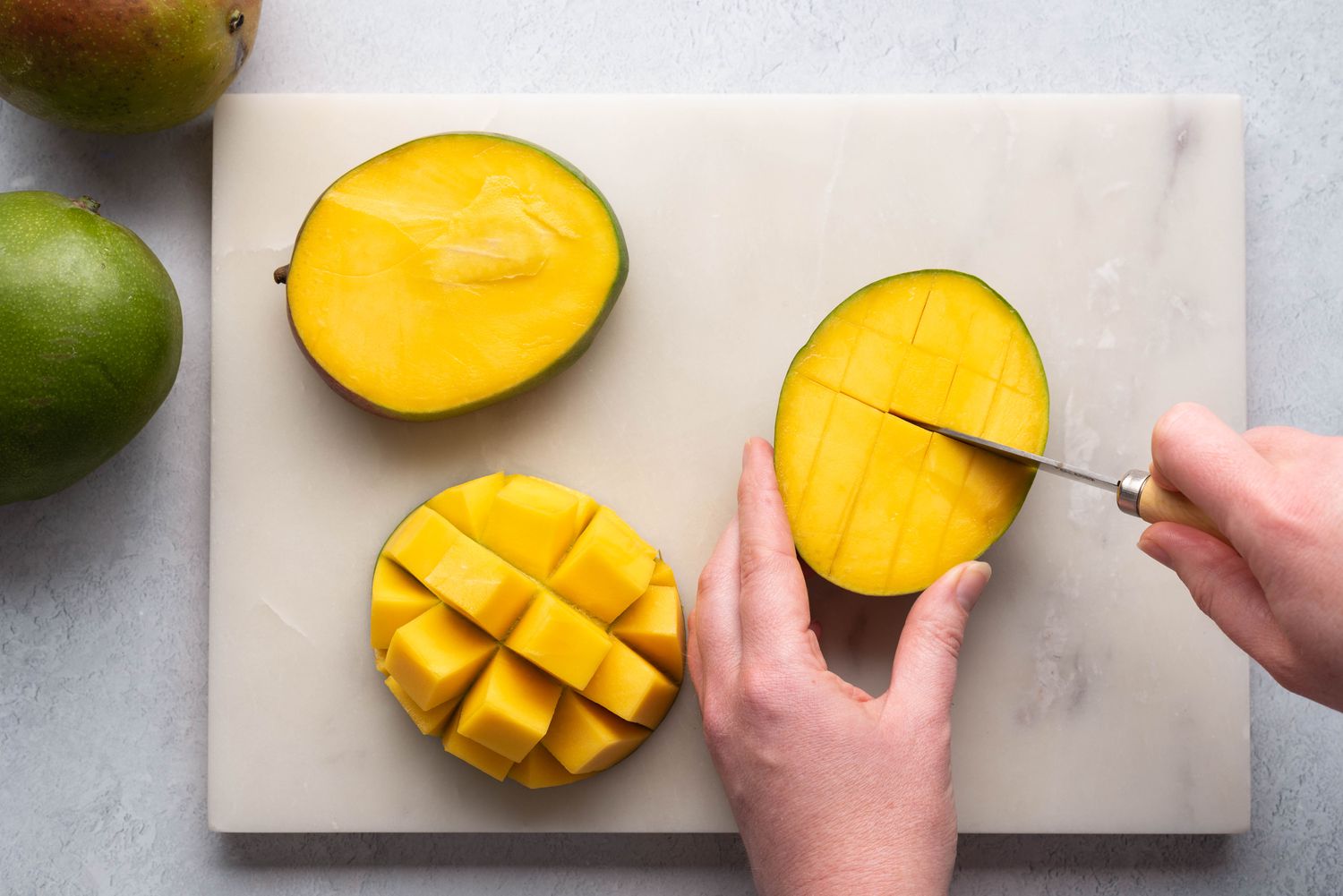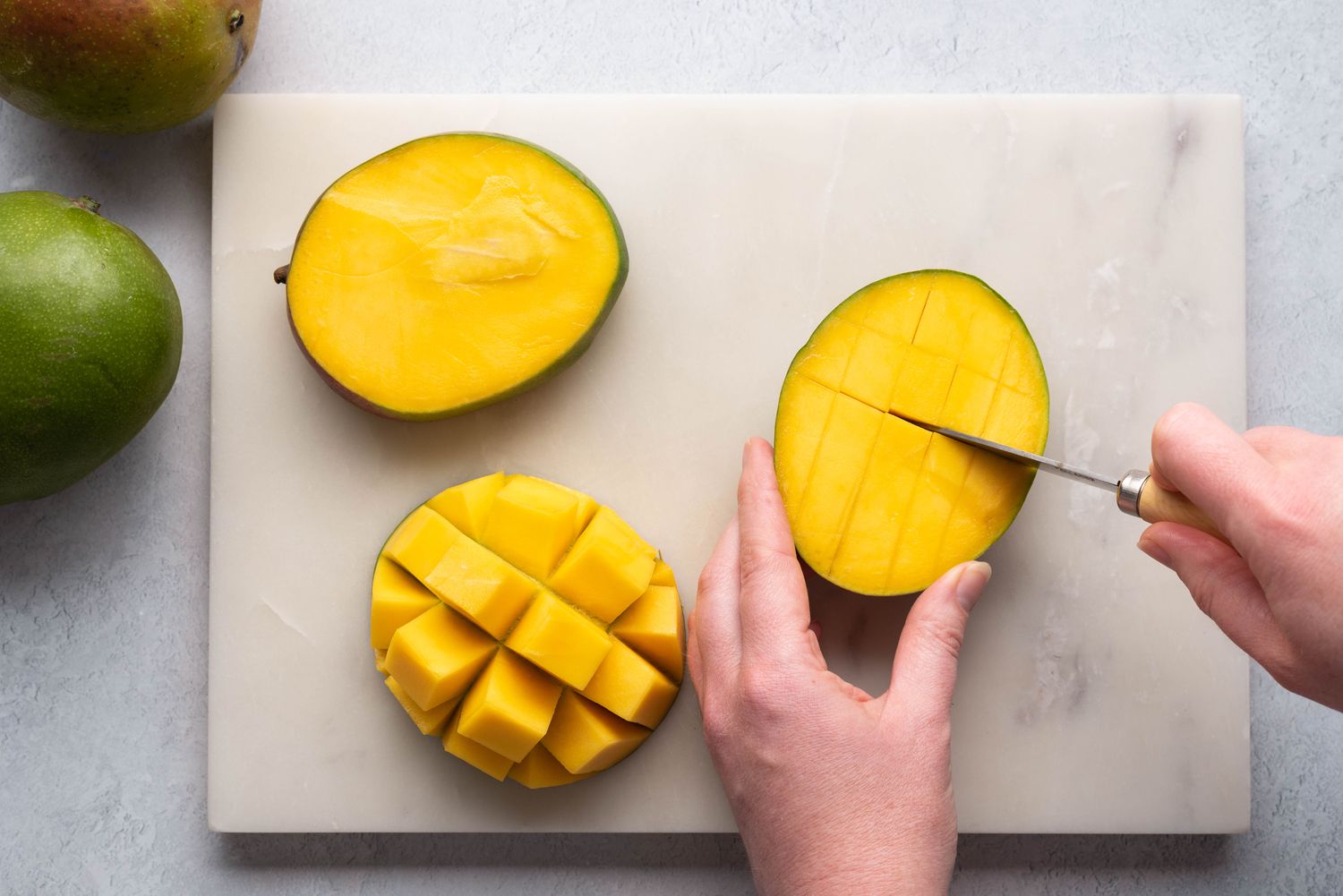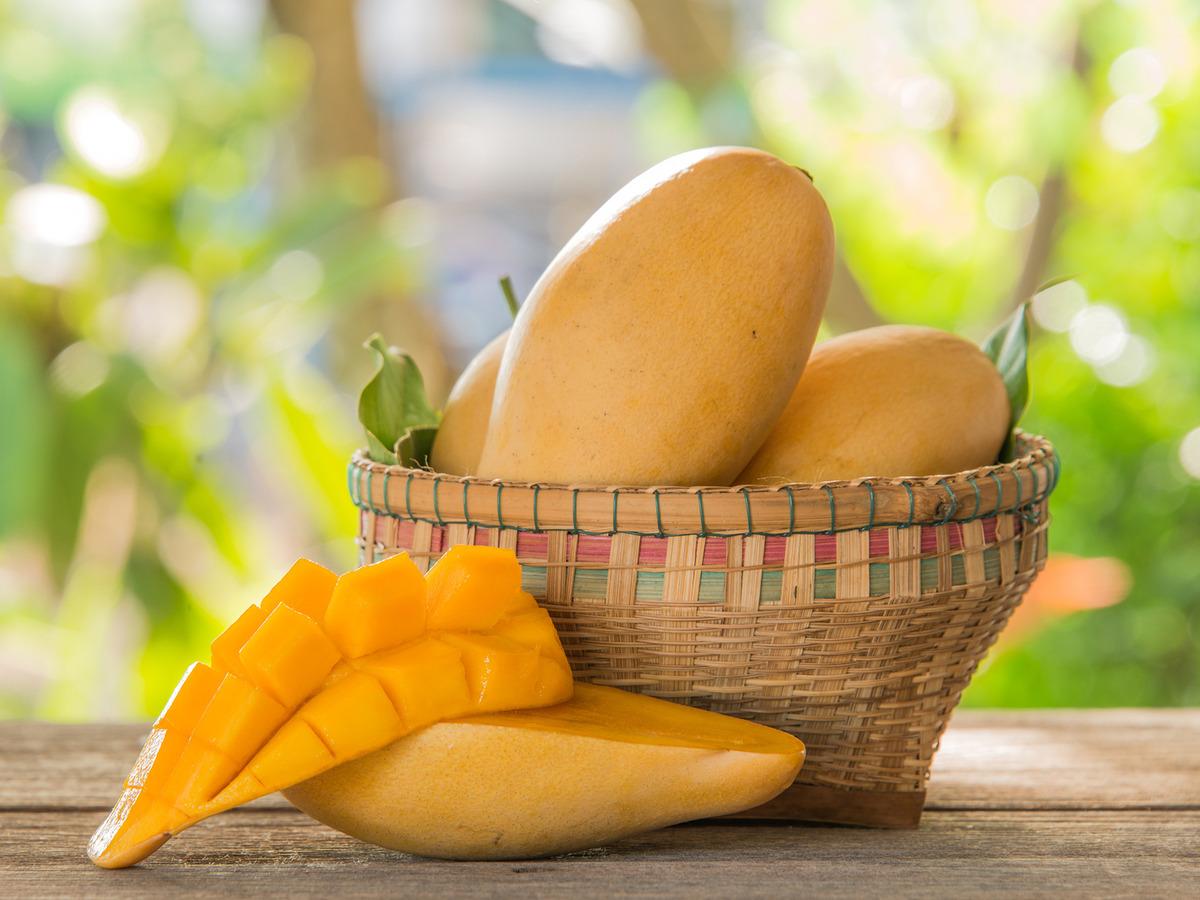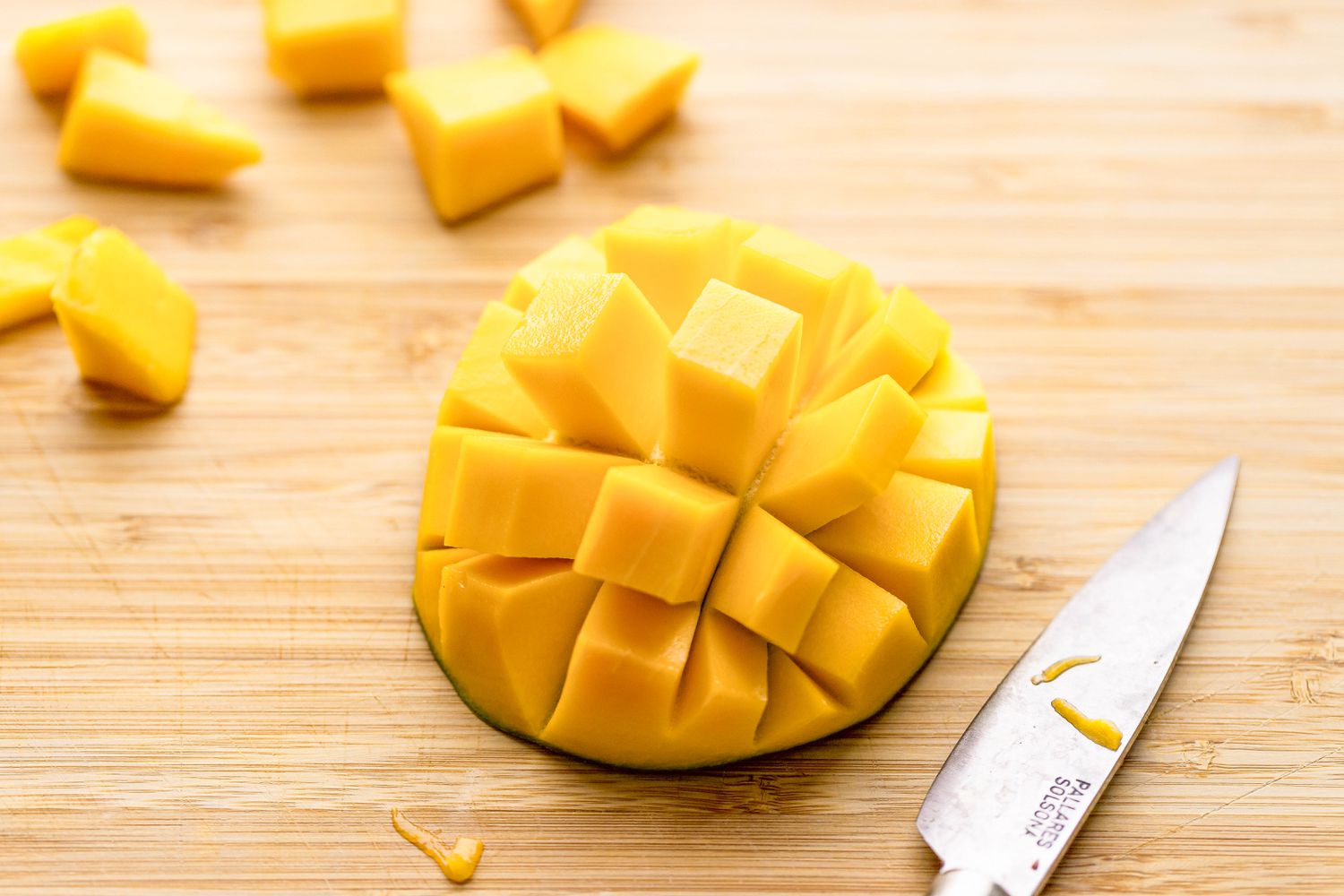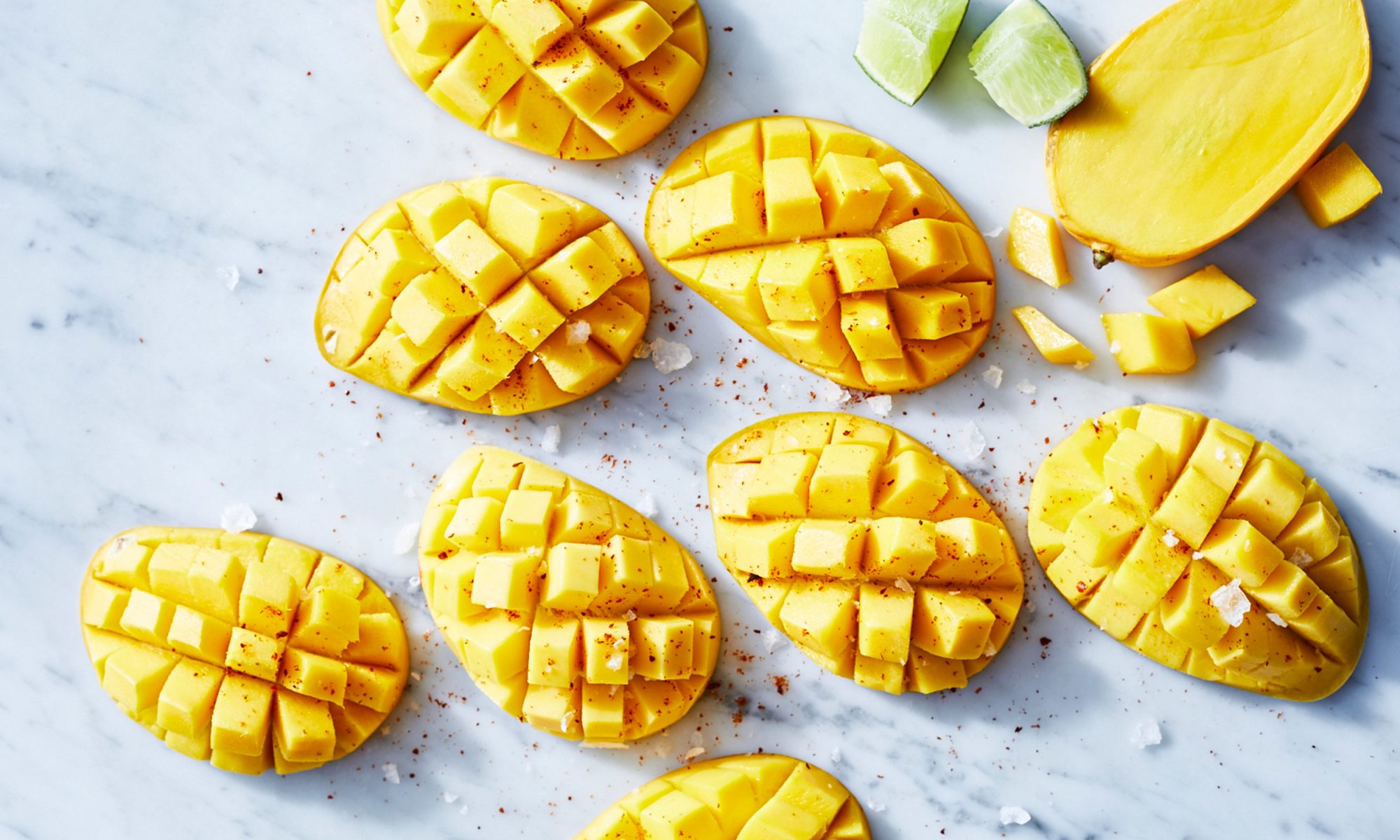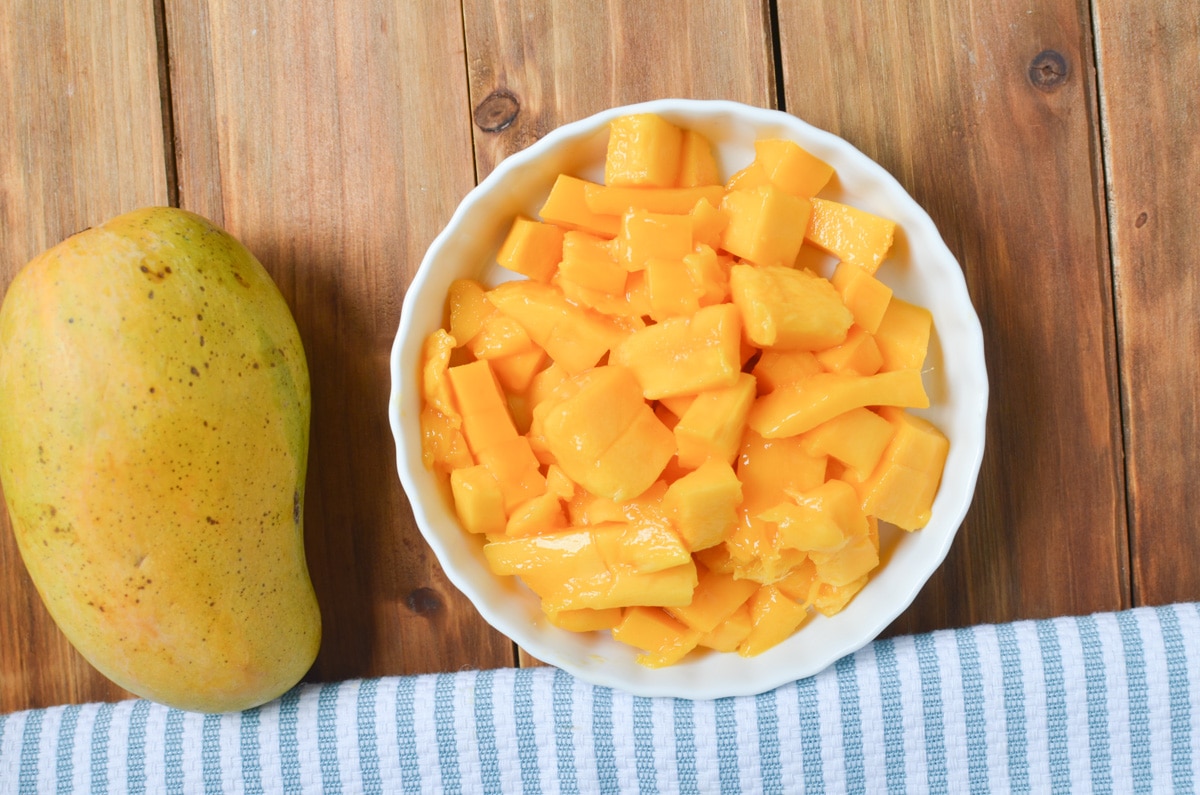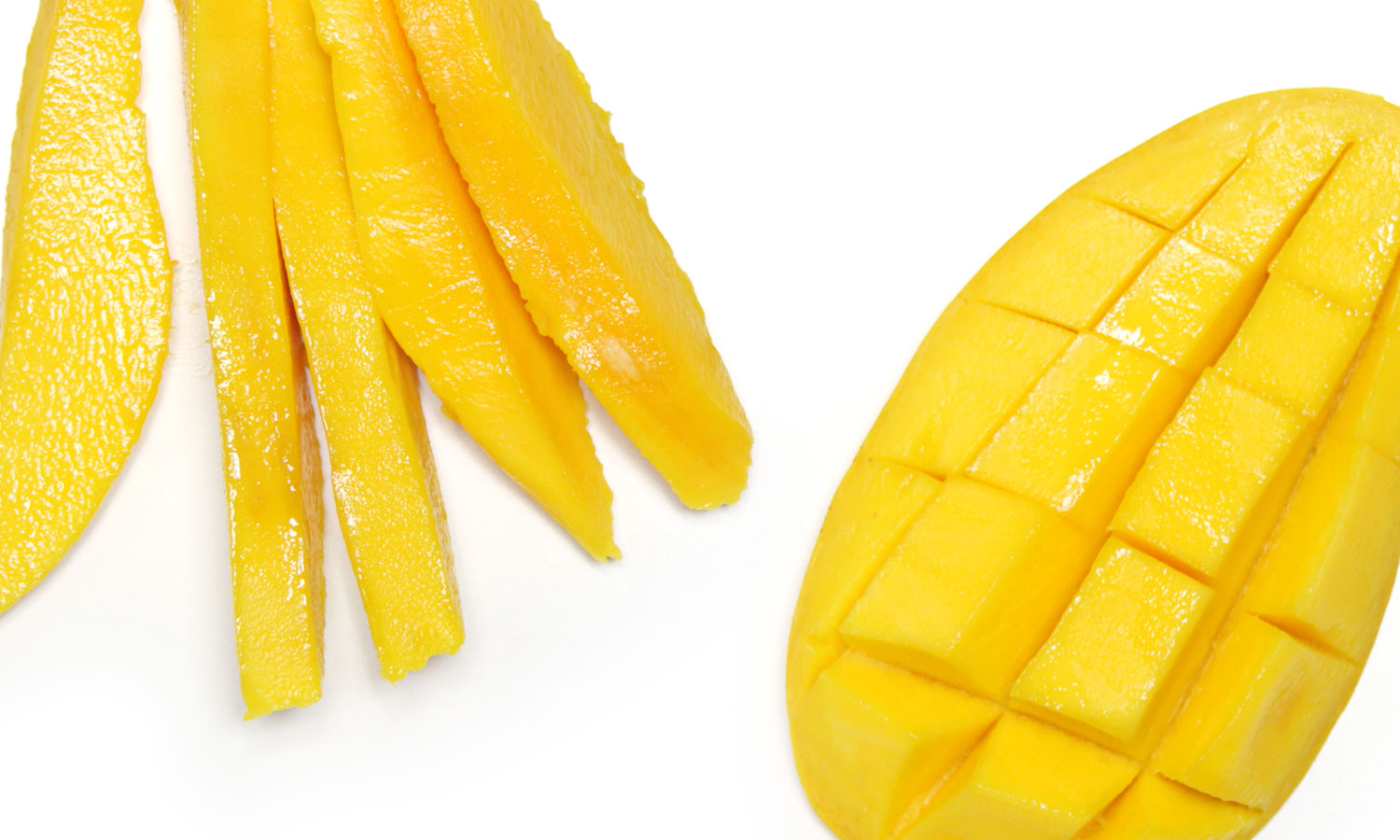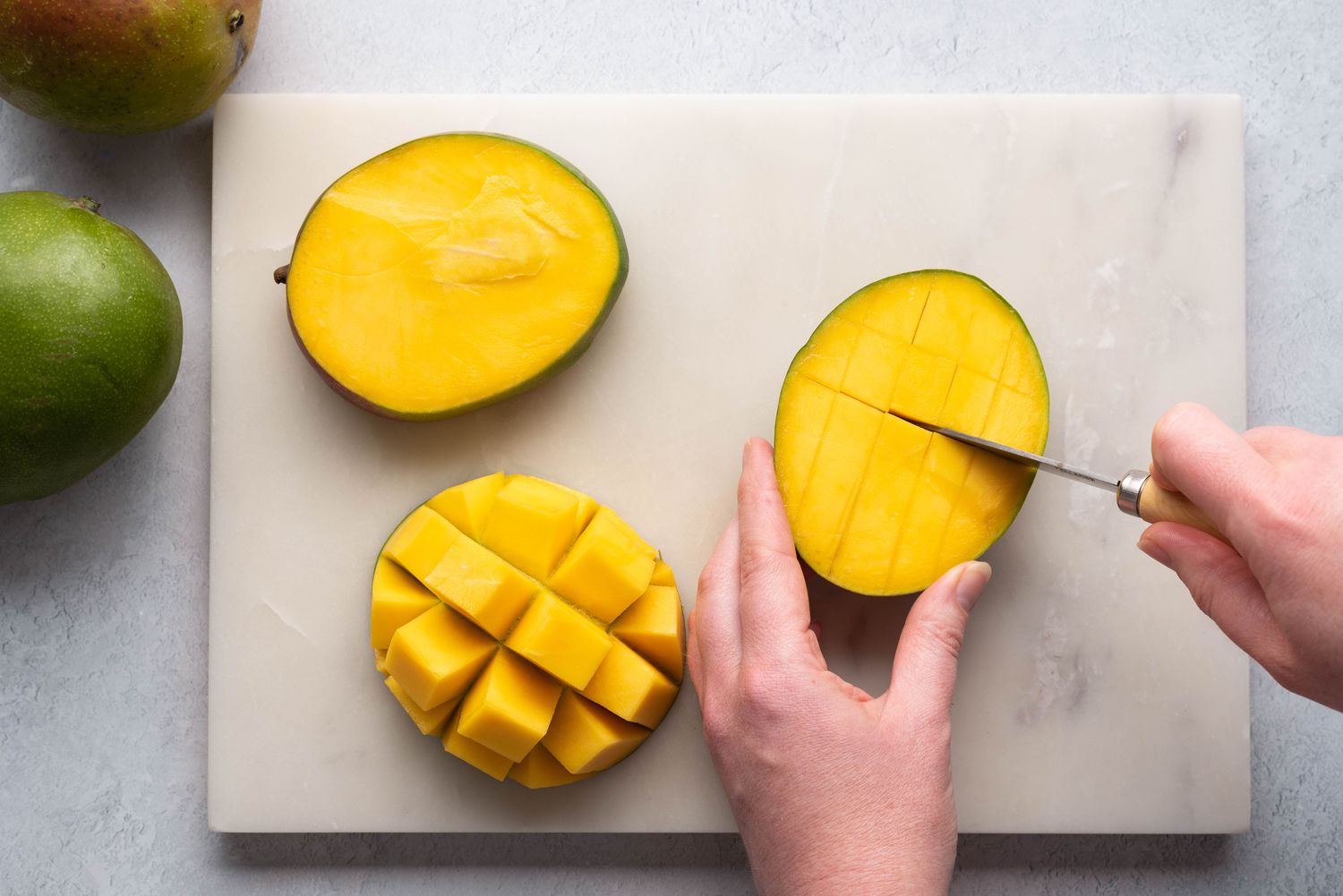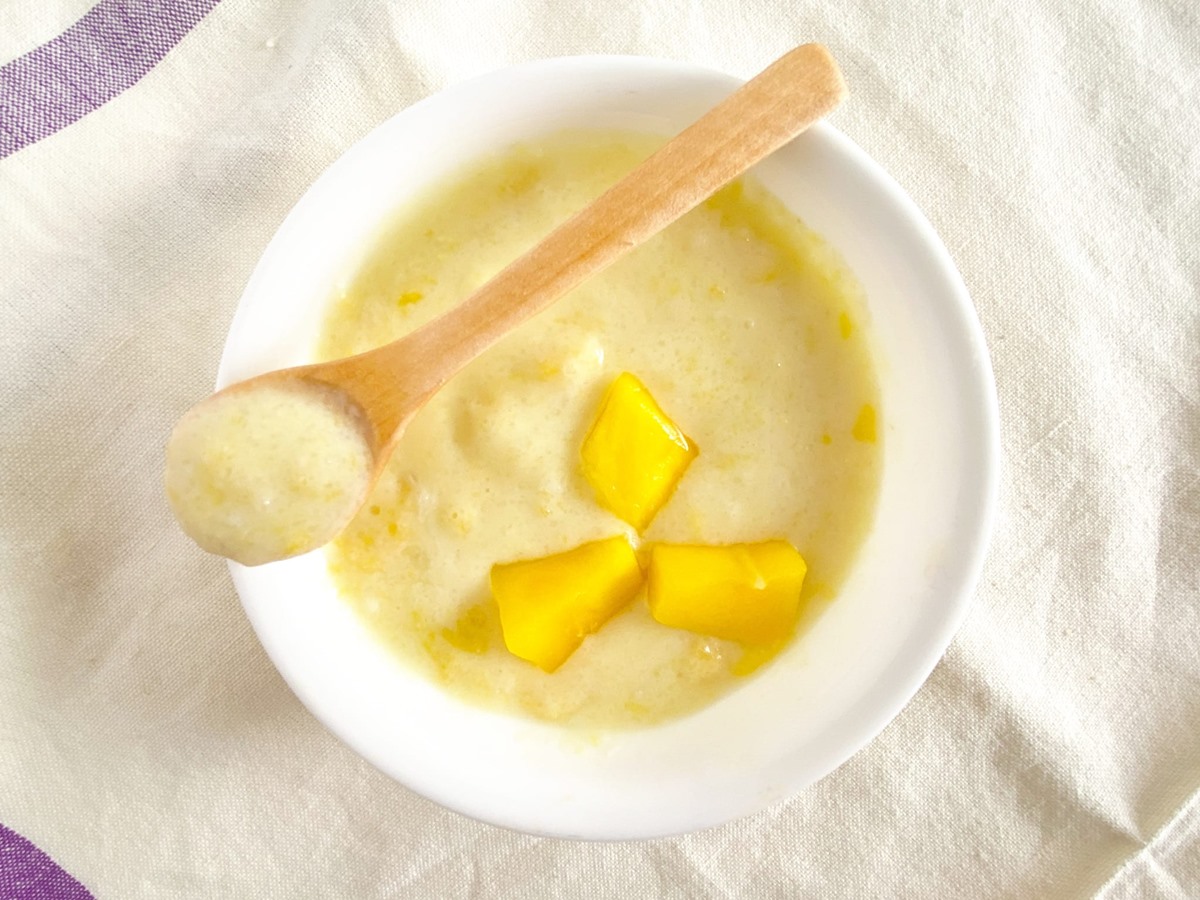Is It Safe to Eat Mango Skin?
Many people enjoy the sweet, juicy flesh of a ripe mango, but have you ever considered eating the skin? While it may seem unconventional, mango skin is actually edible and can be a delicious addition to your diet. In this article, we’ll explore the benefits of eating mango skin and provide some tips on how to incorporate it into your meals.
Benefits of Eating Mango Skin
Before we delve into how to eat mango skin, let’s take a look at some of the potential benefits of consuming this often-overlooked part of the fruit:
- Nutrient-Rich: Mango skin is packed with nutrients, including fiber, vitamins A and C, and various antioxidants. By eating the skin, you can maximize the nutritional benefits of the fruit.
- Reducing Food Waste: By consuming the skin, you can minimize food waste and make the most of the entire mango.
- Added Texture and Flavor: The skin of a mango can provide a slightly tangy and chewy texture, adding a new dimension to your culinary experience.
How to Eat Mango Skin
If you’re intrigued by the idea of eating mango skin, here are a few simple ways to incorporate it into your diet:
- Wash Thoroughly: Before consuming mango skin, it’s important to wash the fruit thoroughly to remove any potential contaminants.
- Slice Thinly: If you’re new to eating mango skin, consider slicing it thinly to make it easier to chew and digest.
- Add to Smoothies: One easy way to enjoy mango skin is by adding it to your favorite smoothie recipe. Simply blend the mango, skin and all, for an extra boost of nutrients.
- Use in Salsas or Chutneys: Chopped mango skin can be a unique and flavorful addition to homemade salsas or chutneys, adding a hint of tartness to the mix.
- Dehydrate for Snacking: If you’re feeling adventurous, try dehydrating mango skin to create a chewy, nutritious snack that can be enjoyed on its own or added to trail mix.
Considerations and Precautions
While mango skin can be safely consumed by most people, there are a few considerations to keep in mind:
- Allergies: Some individuals may be allergic to the compounds found in mango skin. If you have a known allergy to mango, it’s best to avoid eating the skin.
- Pesticide Residue: If you’re unsure about the source of the mango or concerned about pesticide residue, consider opting for organic varieties and washing the fruit thoroughly before consuming the skin.
- Texture and Taste: The texture and taste of mango skin may not be to everyone’s liking. If you’re unsure, start with small amounts and gradually increase your intake as you become more accustomed to the flavor and texture.
Final Thoughts
While the idea of eating mango skin may seem unconventional, it can be a nutritious and flavorful addition to your diet when consumed safely and in moderation. By exploring different ways to incorporate mango skin into your meals, you can take advantage of the full range of nutrients and flavors that this tropical fruit has to offer.
Remember to wash the mango thoroughly, consider slicing it thinly, and experiment with different recipes to find the best way to enjoy this often-overlooked part of the fruit. Whether you add it to smoothies, salsas, or enjoy it as a snack, mango skin can be a versatile and delicious addition to your culinary repertoire.
